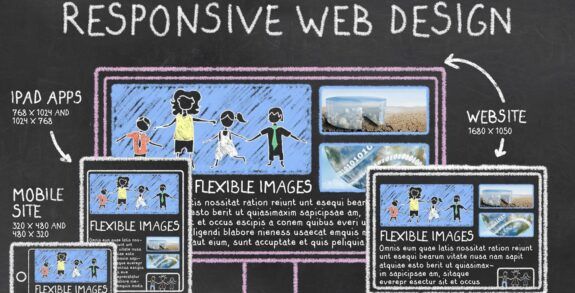Is Positioning more important than Branding online?

Is Positioning more important than Branding in the online landscape? Branding is far and away the more commonly discussed concept and a highly used buzzword, but if you truly want to have an effective marketing plan then positioning should be something you focus on as well. As a top web development company we understand the power of positioning and wanted to discuss that topic today to help everyone understand how to incorporate this idea into their plans.
So what exactly is Positioning?
The concept of positioning originated in the 1960’s with Al Reis and Jack Trout. The world of marketing was quite a bit different back then compared to our current digital age, however the idea is still a valid one. The current definition of positioning is “An effort to influence consumer perception of a brand or product relative to the perception of competing brand or products. Its objective is to occupy a clear, unique, and advantageous position in the consumer’s mind.”
Another way to look at it is that positioning directly affects the mind of your target audience. Your goal is to position the product properly in their mind to logically showcase the value it brings based on actual substance such as facts, figures and testimonials.
Branding, on the other hand, is more of an emotional connection rather than the rationality of positioning.
How does Positioning work?
With branding occupying the emotional side of the coin, that leaves positioning to provide that facts and rational support as to why a consumer should choose one product over another. Branding considers things like how the company’s strategy is expressed, color and design schemes, images and illustrations, the tone/voice of the business, and the brand and products make consumers feel.
Positioning is all about communicating a product or services attributes in comparison to both the target’s needs and what the competition is putting out. You want to provide all of the cogent arguments necessary to then compel the audience to take action.
- Research – The first step in positioning is to perform research on your target audience and users. You have to have a clear understanding of everything you can about the demographics you serve. It isn’t good enough to just focus on men between 30 and 35; you need to dig deeper and learn more about those men to allow you to form subsets within the primary set.
- Needs – As you research it is critical to learn about the specific needs of each subset. Product positioning is based on a clear understanding of detailed customer needs so that you can then craft precise messages that will connect and resonate with the target. The deeper you go in your research, the more specific needs you will find within a subset allowing more options to use when creating messages that showcase the value your product or service brings compared to the competition.
- Differences – What makes your products or services better than those provided by the XYZ business you compete with? You need to understand how what you are offering is different and/or superior to what the competition is offering. That way, when you craft messages they can clearly identify those differences which allow you to stand out rather than just being someone shouting, “We have that too!”
- Messaging – Proper messaging is then the final aspect of using positioning. After your detailed research you should know the best channels to utilize to reach your target audience. That could be email, blog posts on your website, using any of the various social media channels, or a combination of methods. You should also be aware of the best times to try and connect with them based on activity on these channels. Think of it like commercials on television; sporting events typically have a lot more ads for beer and alcohol versus ads for cosmetics as positioning shows that the audience segmentation during that period is a better fit for those products. They then tout how their filtering process, for example, is superior to the competition. Finally you need to convey the proper message that shows the value your products or services will provide and how that is better than the competition.
Ultimately proper positioning will impact the purchase decision by providing a foundation of facts and rationale as to why your products are the best option to meet the consumers’ needs.
Is one better than the other?
Now that we have a better understanding of positioning, the next question to consider is if branding is better than positioning or vice versa.
The simplest answer is that both are equally important. You have to consider these concepts as two sides of the same coin or like the Yin to the others’ Yang. Ultimately positioning leads to branding. You start with the important research and fact finding about your customers and their needs along with the competition and what they are providing.
From there your branding or identity adds personality and style to the equation. Some have even said that branding is the emotional expression of positioning.
The proper combination of the two is what creates the ultimate offering, one that has a strong personality or identity combined with a strong value proposition that is demonstrated as being different and superior to your competitors.
Unfortunately what happens fairly often is that people equate positioning with branding, using the words synonymously as if they are interchangeable. They aren’t; the concepts simply aren’t the same and by confusing them you are limiting your possibilities.
The bottom line is that positioning is an important concept that every business should be aware of. Branding and positioning are two sides of a coin that both need to be considered within your marketing plan and for your online presence. Realistically a business can survive with a strong brand identity and weaker positioning. The opposite is also true. However if that is the case then your business is failing to reach its ultimate potential.
Be sure to check back every Monday, Wednesday and Friday for great new Lounge Lizard blog articles.





